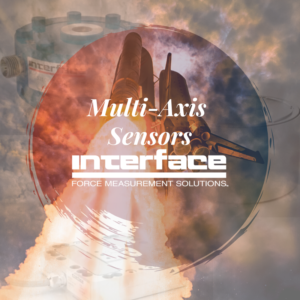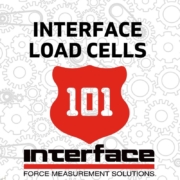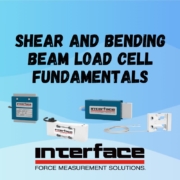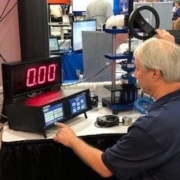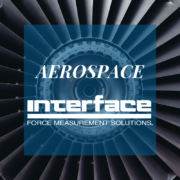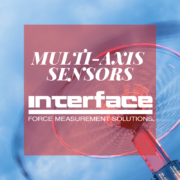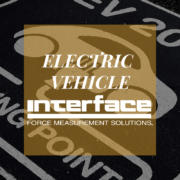Multi-Axis Sensor Applications
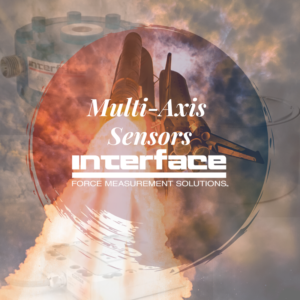 For more than 50 years, Interface has proven itself as the premier provider of load cells, with the most accurate and reliable products on the market. As the technical landscape has evolved, we have invested heavily in new technology to suit the growing needs of our customers. One of the most important innovations we’ve brought to market over the past few years is our lineup of wide-ranging multi-axis sensors.
For more than 50 years, Interface has proven itself as the premier provider of load cells, with the most accurate and reliable products on the market. As the technical landscape has evolved, we have invested heavily in new technology to suit the growing needs of our customers. One of the most important innovations we’ve brought to market over the past few years is our lineup of wide-ranging multi-axis sensors.
Interface Multi-Axis Sensors are designed to measure a multitude of forces and moments simultaneously with a single load cell sensor. These sensors provide multiple bridges that precisely measure the applied force from one direction with minimal crosstalk from the other axes.
Interface offers 3-axis, 6-axis, and axial torsion load cells, which provide the ultimate in force and torque measurement. We can measure forces simultaneously in three mutually perpendicular axes, with the 6-axis load cells also measuring torque around those axes. In addition, we offer multiple data acquisition and amplifier systems which make graphing, logging and displaying data easy enough for any experience level.
Our customers work in a wide variety of industries, and we are continually seeing new applications of our range of multi-axis sensors. These sensors are used in aerospace, automotive, medical and more.
The following application examples provide a clearer picture of the benefit of this force measurement and sensor technology.
Rocket Structural Testing – In rocket and aerospace testing, there are a million different considerations to ensure a proper launch. One of the vital force tests that need to be conducted is on the connection between the rocket and the launch vehicle. There are force and moment in multiple directions at the connection point. Interface Multi-Axis Sensors can be used to test not only the strength of the connection but also ensure a safe disconnection between the rocket and launch vehicle.
Drone Testing – One of the most interesting applications of our multi-axis sensors is in the drone industry and in areas of urban mobility. Our sensors are used to test the drone’s rotor. The drone will always pull on the sensor to create the most significant force; however, there is also a slight amount of moment that needs to be accounted for. We were able to calibrate a semi-custom load cell to account for both the large pull force and the small moment force to provide the most accurate data possible.
Prosthetics – Another impressive application of our multi-axis sensor technology is in the medical industry. We helped to test the multiple force and torque data necessary to build a strong and reliable prosthetic knee joint and spine. Each of these prosthetics has multiple motions on many axes. To measure the quality of the prosthetic and to ensure it doesn’t fail when implanted in a patient, medical OEM’s need to be able to collect data on each of these axes simultaneously.
The need for measurements on multiple axes has grown over the last couple of years because of the desire to use big data to create better products. Interface Multi-Axis Sensors provide the accurate measurements our customers need and the ability to collect those measurements simultaneously, which has created a significant boost in efficiency.
To learn more about Interface’s expanding lineup of multi-axis sensors and data acquisition systems, please contact our team of experienced Application Engineers or visit /product-category/multi-axis-sensors/.
Contributor: Keith Skidmore, Regional Sales Director at Interface
Multi-Axis-Brochure